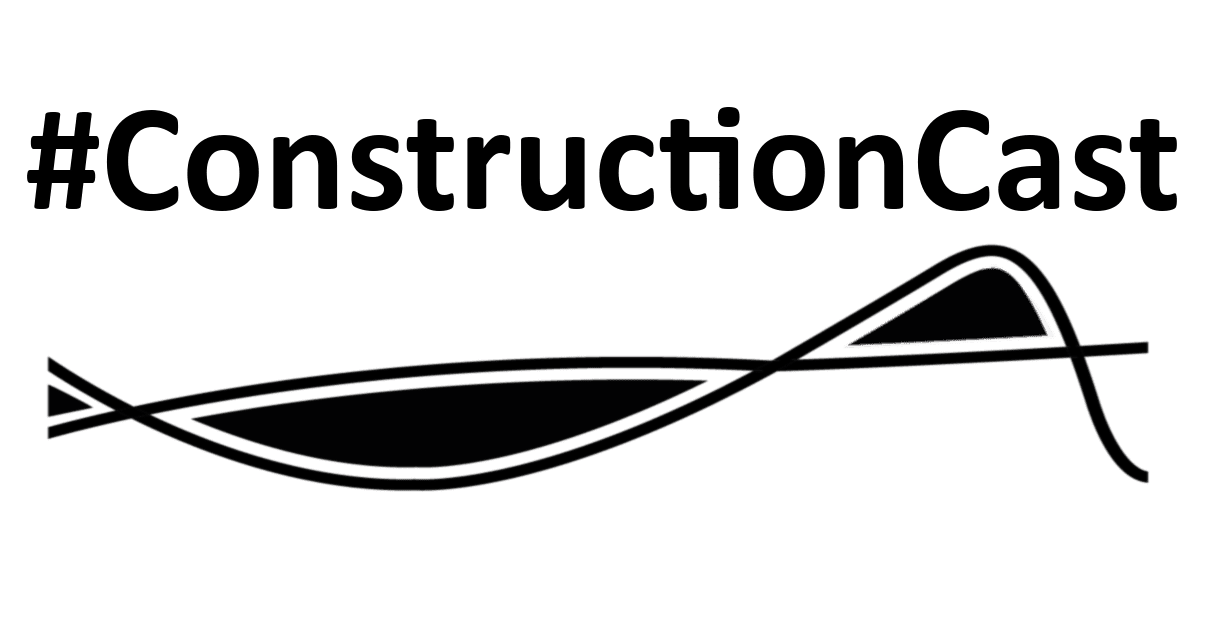For this weeks #ConstructionCast, Sue Ryan, solicitor at Gowling WLG, Bart Kavanagh of Probyn Miers and Jonathan Selby QC from Keating Chambers joined the panel.
What is the current legislation regarding construction sites and COVID-19?
The discussion began with the differences between countries within the United Kingdom. Jonathan commented on the news that whilst the UK has said sites may remain open subject to social distancing, Scotland is now asking non-essential sites to close. Interestingly Scotland goes further, stating that essential sites must close if they cannot maintain social distancing measures. This appears to put pressure on English and Welsh authorities to take a harder line, but Jonathan is not so sure it will affect the law here.
However, as Sue points out, the Scottish government still haven’t legislated for this, at this moment it is still just strong advice. There has been some legislation in England, The Health Protection (Coronavirus) Regulation 2020 but this does not include the need for construction sites close.
The CLC Guidance
The Construction Leadership Council has been issuing advice to the industry. Their first advisory note on 24th March was in line with Government advice. It explained that sites should stay operational wherever possible, provided they are working within the guidelines. This included social distancing ‘wherever possible’.
However, on the 1st April, CLC updated their guidance to say where it is not possible or safe to follow the guidance of staying 2m apart, work cannot continue. But as a result of feedback from the industry and the advice differing from that of the Government, it only remained in place for 24 hours. The latest version states this is no longer the case and to revert to the original advice, i.e. you need not stop working, even if you can’t social distance. It appears in a short period of time, the advice has gone full-circle.
Sue suggested the general flavour of advice is to continue to operate, but a significant amount of confusion remains.
Record Keeping
The importance of keeping records has been an issue that has cropped up a few times now on ConstructionCast. Bart noted record-keeping is one of the bug-bears on cases he has worked on as an expert.
Bart expects we will see lots of claims for loss and expense and productivity in the coming months. In order to deal with such disputes, people will need detailed records of who was on site and when. Disruptions to the supply chain will also be an issue. Therefore, records of when things were expected compared to when they arrived and disruption caused will be needed. On the bright side, Bart is hopeful that people will improve their record-keeping over the next few weeks and we could see this becoming a long-term habit. If nothing else, might we see records improving in the long term?
It strikes Jonathan that what we are really talking about is a loss of productivity. It is inevitable that even for those contractors still on site, works will be disrupted. One way to mitigate potential problems down the line would be to carry out a time and motion study now or as soon as possible. Documenting how social distancing is affecting productivity in the current situation will be of much greater use than a retrospective analysis a few years down the line when disputes inevitably materialise.
Sue suggested that if elements of the work or parts of the site need to be suspended, there should be a full set of photographs and records taken. In addition, you should ensure proper security. In general, even if works are continuing, increase your record keeping. So, if you normally take progress photos on a monthly basis, move to weekly or daily. Demonstrate the effect of a reduced workforce and not being able to work in the same sequence as planned.
Fire Safety & Testing
Bart began the discussion on fire safety by discussing the impact the current situation may have on the BS8414 Fire Performance of external cladding systems tests. BRE Group who carry out much of the fire testing in the UK will no doubt be suffering from the same issues most companies are experiencing, such as social distancing rules, staff working from home or being unwell or social distancing. There probably will be difficulties with the amount of testing that can be carried out. More importantly, BRE is one centre but provides tests for the whole country. The need to limit travel will have an impact as people will no longer want to go to witness the tests. The knock-on effects of the social distancing rules might well be far-reaching.
In terms of investigations, a large part of Bart’s work is investigating buildings on site and travelling to site. As a practice they are not carrying out any site observations as it is almost impossible to adhere to social distancing. Unless there was some extraordinary requirement, Bart will not be going to site. He suspects most organisations in a similar position will be the same.
This could mean things grind to a halt in terms of inspections and testing. A good example of how the pandemic is having larger implications for the whole industry, not just for those on site.
Cladding Removal & Remedial Works
Sue explained that a big tension at the moment is in regard to ACM cladding removal. The Government had mandated this to be removed by June 2020 but if sites are closed that won’t happen. Freeholders are under improvement or prohibition notices from local authorities. This is creating tension between them, but also has to be balanced against tenants’ safety.
A lot of the disputes outstanding now, relate to buildings which reached practical completion some time ago. This is now leading to time limitation issues. Sue has been advising clients who may be coming up to limitation period that where possible, you should enter into standstill agreements. However, this may not be as simple as it sounds, as other matters come to light during investigations.
It can be difficult to establish properly where disputes and problems lie and how wide they are. When there is an issue with the cladding, investigations will often give rise to other problems relating to design or construction. E.g. steel structure problems which were only discovered when cladding was investigated.
Jonathan has noticed more defences rather than claims. The main issue is that of delay and how it could manifest. He agrees with Sue that one issue will be limitation. Jonathan suggests you should be alert to limitation dates and issue claims on time. This can be difficult when people can’t travel and sites are shut, but it is possible to file matters online now.
We may see claimants who have suffered losses arising from delay coming up against the defences along the lines of those losses are too remote. Disputes over the scope of remedial works may arise, particularly where other claims arise before remedial works complete. Disputes over what is the necessary scope are common. For example, does the entire cladding need replacing or would localised replacement be sufficient.
Grenfell and tall buildings worldwide
Bart comments that it would come as no surprise to say we were complacent when Grenfell took place. There had been serval fires around the world including in China and Dubai. Yet in the UK we looked at those thinking something like that could never happen here. Then Grenfell happened.
In the UAE they were comparatively quick to review and revise building regulations and introduced a prescriptive new fire code. Our own response has been rather more measured and has been seen by some as being slow. Bart’s view is that whilst it can be frustrating, he hopes that it leads to a better and more considered outcome and one that is less prescriptive. He believes we have now reacted well, and the reaction is continuing with the various updates the government is implementing. BRE have been carrying out testing on other forms of cladding other than ACM (the cladding used at Grenfell) and have recently published their findings.
UK Consultations
Jonathan is a little more sceptical about the response to recent consultations. He questions whether the new regulations will make any difference to the level of supervision that is currently provided by Building Control, as there is not yet any detail of how the proposed Building Safety Regulator may be resourced. It will also be vital that the appointed professionals be adequately trained.
The latest Government response to the consultation was published last week and can be found here. Gowling WLG have also produced a commentary on the response which can be found on their website.
Sue agrees and adds that this will come down to the resources allocated. The new regulations will apply to all buildings. Therefore, the building safety regulator will have powers, not just for tall buildings, but for all buildings. It is going to be a big change and will take some time to come into force. Another key thing to have come out of the Grenfell tragedy is that residents may be more empowered. They will have the ability to challenge where building safety is not being properly managed. They are now better informed on their rights to receive information on safety and decisions on remedial works. Tenant organisations will gain more power, and you are seeing them already mobilised on social media.
Bart has done a lot of my work with social housing providers. Anecdotally, they are responding and reacting to a great increase in pressure from their tenants and are quite active in pursuing their interest. He believes we will see a change in the balance between provides and residents.
Conclusion
This week it seems clear again, that records will play an important part in any dispute that arises. It is vital you keep accurate records up to date wherever possible. Also ensure they are organised for retrieval in the event of a dispute.
We are likely to see big changes in the way we build tall buildings. Hackitt’s golden thread of responsibility will undoubtedly a bigger part in that.
Join us for the next #ConstructionCast – they take place on Wednesday, each week at 2pm. You’ll find details on our social media feeds and emails.
NB:
The above is our summary of comments made during the cast. We’ve tried to ensure the summary is as accurate as possible. However, this page should not be construed as legal advice or the formal advice of the participants or their respective organisations and employers.

